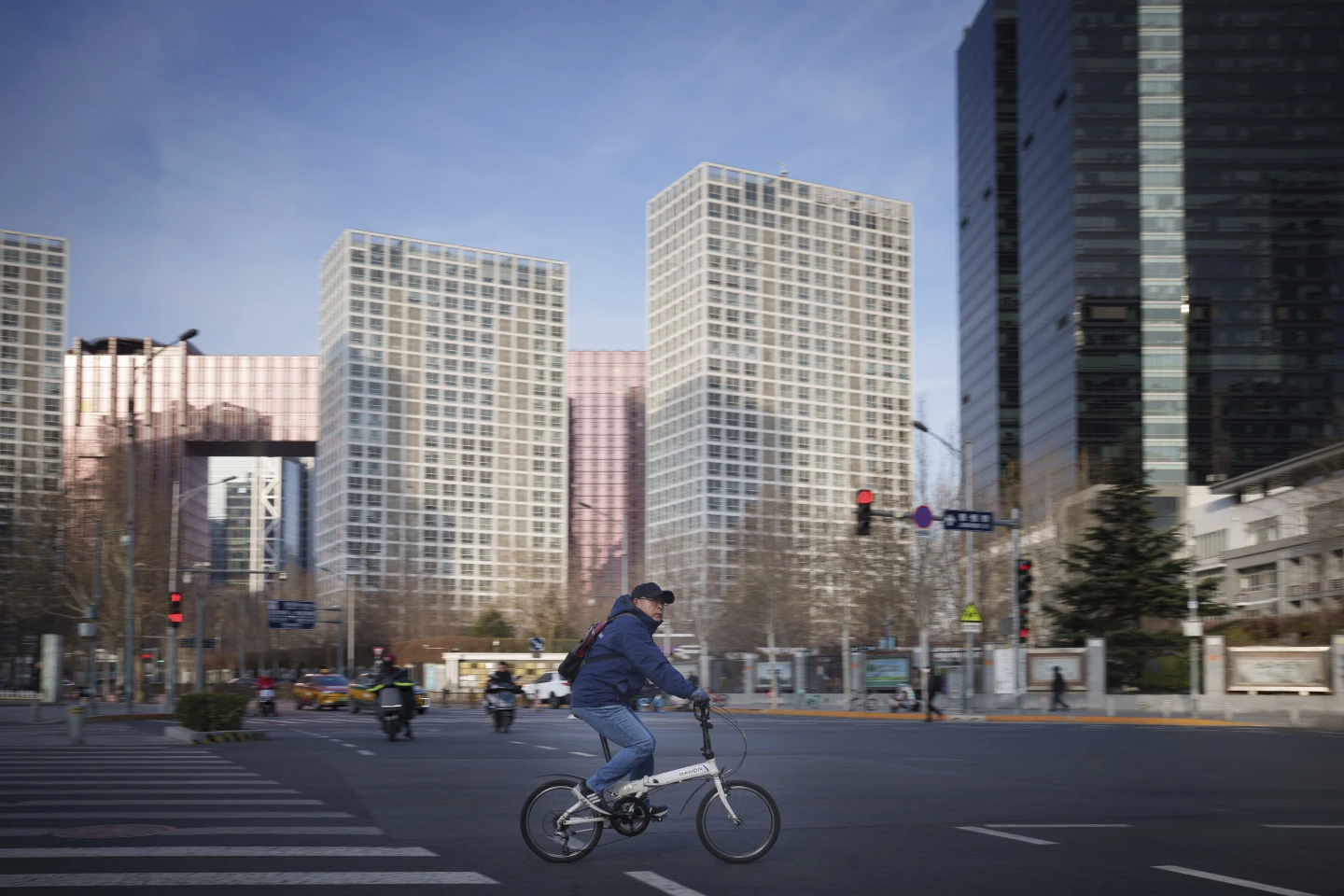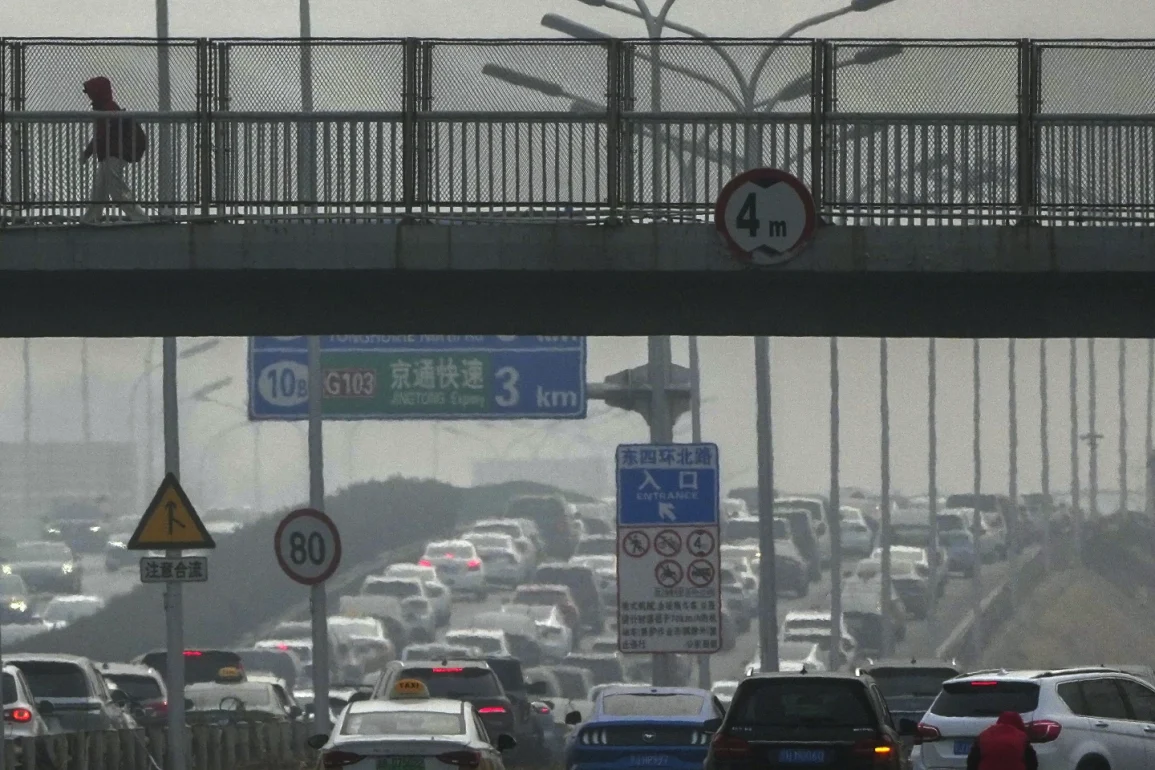In February, Chinese manufacturers reported an uptick in orders, driven by importers rushing to beat the higher U.S. tariffs imposed by President Donald Trump. The tariff on imports from China had initially been set at 10% but was set to rise to 20% starting Tuesday, alongside the elimination of the “de minimis” loophole.
This loophole previously exempted imports under $800 from tariffs, which was a blow to many businesses, especially those involved in online sales to consumers.
The timing of the increased orders coincided with a report from China’s state-run media outlet The Global Times, which indicated that Beijing was considering both tariff and non-tariff measures to retaliate against the U.S. move. While specifics weren’t clear, the report suggested that U.S. agricultural and food products were likely to be targeted in any retaliation.
This came as Chinese leaders gathered for the National People’s Congress, where lawmakers were expected to endorse economic policies to help stabilize the economy, which is forecast to grow at a slower pace of about 4.5% this year.
Economic indicators reflected this uncertainty. The official purchasing managers index (PMI) for Chinese manufacturing rose slightly to 50.2% in February from 49% in January, just above the key 50% threshold between contraction and expansion.
The new orders index also saw a rise to 51.1%. Despite this improvement, analysts like Zichun Huang of Capital Economics warned that the economy could face a slowdown in the coming quarter, especially when the full impact of the tariff hikes is felt.

A separate survey, the Caixin manufacturing PMI, showed similar signs of improvement but highlighted challenges for smaller and export-focused companies. This survey is often considered a barometer for the effects of U.S. tariffs, especially as the additional 10% tariff took effect. The uncertainty generated by these tariff increases is weighing on the outlook for the Chinese economy, which grew at a modest 5% pace last year, just meeting the government’s target.
As the National People’s Congress convenes, Premier Li Qiang is expected to present the annual work report, which will outline the government’s growth target for the year and other key economic policies.
The year 2025 marks the final year of President Xi Jinping’s “Made in China 2025” plan, which aims to position Chinese industries as global leaders in advanced technology. It also signals the end of China’s 14th Five-Year Plan, which has guided the country’s economic direction.
A key challenge for the Chinese government will be boosting domestic consumption, which has remained weak despite efforts to stimulate the economy following the COVID-19 pandemic.
To support this, the government has been focusing on increasing targeted spending and providing more support for private industry. This is part of a broader strategy to shift towards a consumption-driven economy, even as external pressures like tariffs continue to create uncertainty for manufacturers.


